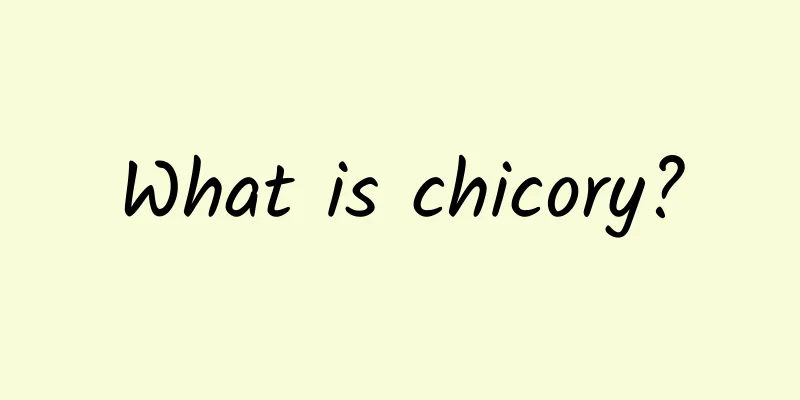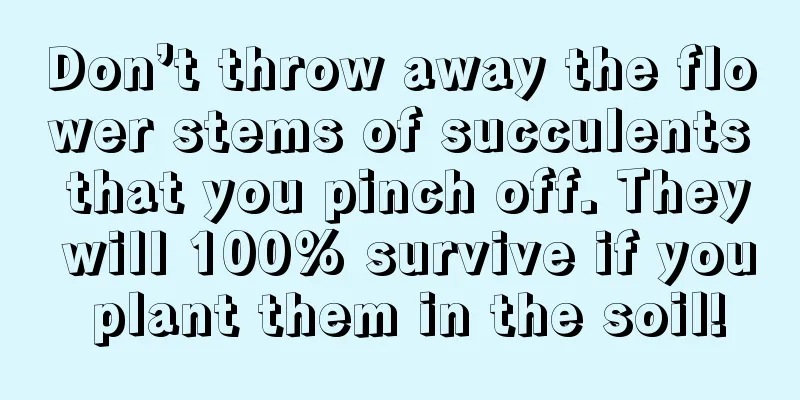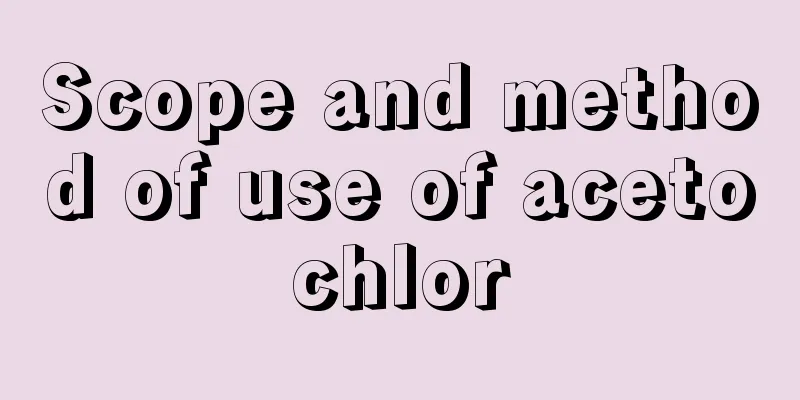Things to note when using Bacillus thuringiensis

|
Bacillus thuringiensis, also known as Bacillus thuringiensis, or Bt for short, is a low-toxic, environmentally friendly insecticide that has good insecticidal effects and is very popular among farmers. Here are some tips on using Bacillus thuringiensis. Characteristics of Bacillus thuringiensis 1. Broad insecticide spectrum Bacillus thuringiensis is toxic to more than 200 species of Lepidoptera pests. It is especially effective against pests such as cotton bollworm, beet armyworm, cutworm, tobacco budworm, and armyworm. 2. Good safety Bacillus thuringiensis is a microbial fungicide that is safe for a variety of crops and will not cause phytotoxicity even when used during the most sensitive period of crops. 3. Non-toxic and pollution-free Bacillus thuringiensis is a bacterial agent produced by fermentation. It will not produce any toxic side effects on the environment, soil, water sources, humans and livestock, whether in the production or application stages. It will not produce any residue on agricultural products and is the first choice for producing green organic agricultural products. 4. Good quick effect Bacillus thuringiensis can produce a toxic parasporal crystal protein, which can poison pests within a few minutes and cause them to stop feeding, with the peak of mortality reaching 2 to 4 days. It overcomes the shortcoming of poor effectiveness of biological insecticides. 5. Long lasting effect Under suitable environmental conditions, Bacillus thuringiensis can continue to infect pests and kill insects in the field, and the effective period is generally up to 15 to 20 days. 6. Good mixability Bacillus thuringiensis has good compatibility and can be mixed with fast-acting insecticides such as avermectin, emamectin benzoate, indoxacarb, etc., and the synergistic effect is very significant. Things to note when using Bacillus thuringiensis 1. Bacillus thuringiensis is a kind of bacteria. When used alone, the insect killing speed is slow. Therefore, it should be used in the early stage of pest occurrence to better control the damage of pests. 2. Strong light can easily kill the bacteria. Therefore, when using the insecticide, try to use it before 10 am or after 4 pm for better results. 3. Bacillus thuringiensis is active at higher temperatures, and is more effective when the temperature is above 20°C. 4. To improve the prevention effect of Bacillus thuringiensis, it can be used together with avermectin, emamectin benzoate, insecticide and other agents. That’s it |
>>: How to grow Foxtail Asparagus, maintenance knowledge
Recommend
When to plant garlic?
Garlic , as a common kitchen condiment , is widel...
What diseases and pests does Phalaenopsis have, and what medicines are used for them?
1. Common diseases 1. Anthracnose: If it is provi...
The efficacy and function of Anemone
The effect of Anemone Medicinal effects The ingre...
Is Chinese cabbage a shade-loving or sun-loving plant?
Does Chinese cabbage prefer shade or sun? Chinese...
The efficacy and function of green vegetables
1. Laxative Green vegetables can improve the dige...
Is the peony poisonous?
Is it harmful to the human body? Peony likes to g...
Will the Red Powder Pavilion die after blooming?
Does the Red Pink Pavilion bloom? The Red Powder ...
Time and method for planting open-air spring cabbage
Open-air spring cabbage planting time It is more ...
How to plant chive seeds
Chive seeds are generally harvested in autumn. Af...
When is the best time to plant outdoor strawberry seedlings?
Open-air strawberry seedling planting time If you...
How to grow tobacco
Growth environment Germination conditions: 21-25℃...
When do loquat trees bloom?
1. Flowering time Its flowering period is long, f...
What is the function of Babaojingtian
Ornamental value Sedum sedum is brightly colored....
Cutting method and cutting time of Schefflera
Schefflera , also known as Schefflera arborvitae ...
Snake bean planting method and time, which month to plant
Snake bean suitable planting time The best time t...









